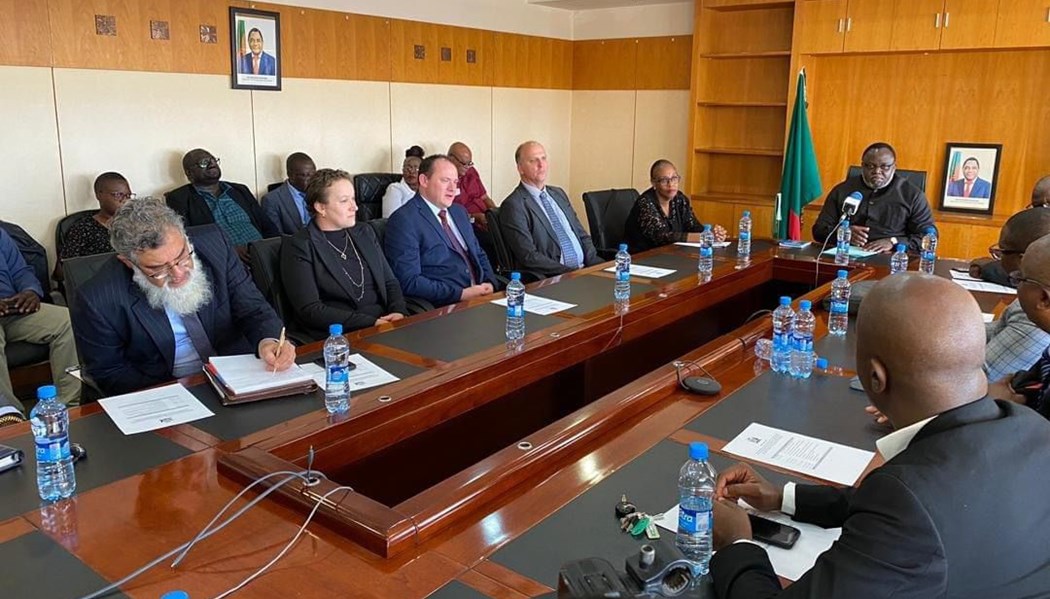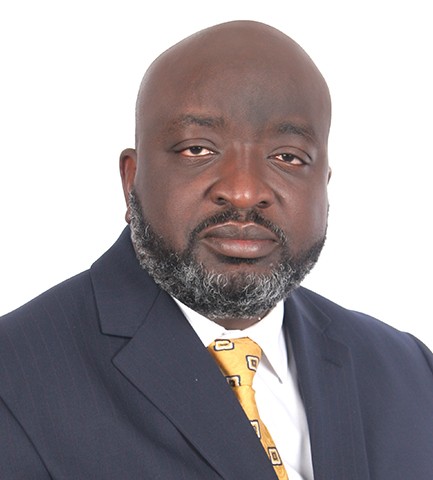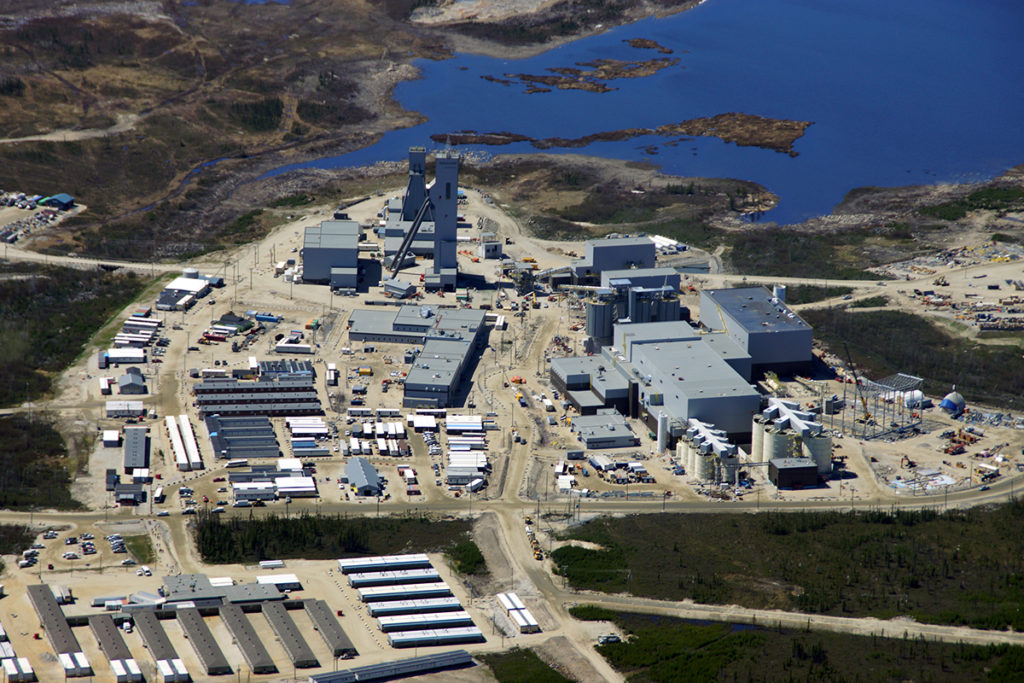Mining Other

Guinea aims for global high-grade iron ore leverage with Simandou launch

Guinea is seeking to keep global prices for premium iron ore high, senior officials said, as output from its giant Simandou project, expected to peak at some 120 million metric tons a year, heads to the market this month.
That may put it at odds with the mine's main owner and customer, China, which consumes more than 70% of the steelmaking material globally, and has moved to centralize imports and drive down prices.
Simandou is 75% Chinese-owned, meaning three-quarters of its output will head to China.
"Our main interest is to keep prices high," Guinea's Minister of Mines Bouna Sylla said in the capital Conakry. He gave no details, but said Conakry will tap Rio Tinto's (RIO.L),
Ownership of Simandou is split between a consortium of Rio and Chinese state-owned Chalco (601600.SS), opens new tab, and WCS, a Singaporean-Chinese consortium. Chinese state-owned giant Baowu has shares in WCS, and is also an indirect shareholder in Rio's joint venture Simfer.
Iron ore prices hit their lowest level since July this week as China demand fears and swelling inventories dragged on prices, highlighting fragile fundamentals despite supply hiccups offering brief support.
Guinea targets green steel market
Sylla said Guinea wants to bypass China and sell its Simandou high-grade iron ore directly to Europe and the Middle East.
Simandou’s ore, grading 65% iron, targets the premium segment used for less carbon-intensive green steel.
With Guinea due to receive 15% of total output from each of Simandou’s two mining blocks, it will have rare leverage in the emerging market for green steel dominated by Australia and Brazil, said Erik Hedborg, head of raw steel materials at metals consultancy CRU Group.
"In Australia, they don't have the premium. That gives Rio the opportunity to sell both Pilbara 62-grade and Simandou’s premium ore - not just to China, but to European steel mills and maybe the Middle East - for green steel," Sylla said.
Rio said it does not comment on commercial matters. Vale did not immediately respond to a request for comment.
One way Guinea can possibly boost prices is to work with other major producers in managing their collective export rate, Hay said.
But with China being the main target market for Simandou's ore, Guinea's pricing power is somewhat weakened, Hay said.
"(Simandou ore) will almost certainly be exported on Chinese ships and represents just 1% of the seaborne trade, which is dominated by China."
China will still lean heavily on Australia and Brazil, but Simandou’s mid-cost profile is competitive enough to displace pricier supply and reshape market dynamics, said Hedborg.
Simandou project delayed for decades
Production at Simandou, originally scheduled for 1997, has been long delayed. Guinea's ruling junta ordered development to be paused in 2022, saying it was seeking clarification on how the country's interests would be preserved.
The $20 billion project includes a more than 650-km railway and deep-water port, with Guinea holding 15% stakes in mines, infrastructure, and future steel plants.
Officials say this co-development model slashes costs and ensures long-term revenue for the state.
Beyond pricing, Guinea plans pellet and direct reduced iron plants to supply green steel markets in Europe and the U.S., leveraging its proximity to cut costs, Sylla said.
"Simandou is not just a mining project – it’s a geopolitical and economic lever," Guinea's chief of staff Djiba Diakite said. "We are pro-African, defending Guinean interests."












